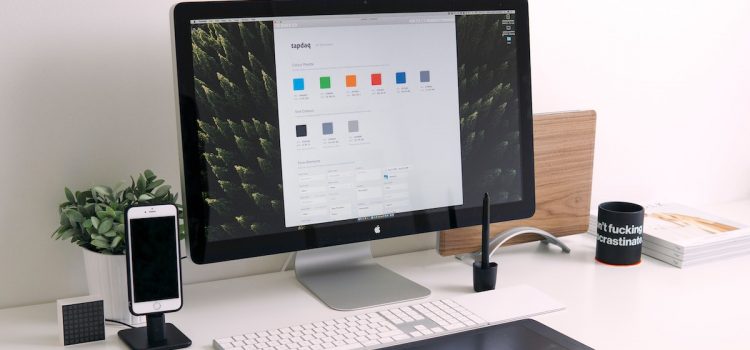

This article is an excerpt from the Shortform book guide to "User Friendly" by Cliff Kuang and Robert Fabricant. Shortform has the world's best summaries and analyses of books you should be reading.
Like this article? Sign up for a free trial here.
How has technology evolved over time? When did businesses start focusing on user-friendliness?
User-friendly design has been around longer than you think. According to User Friendly by Cliff Kuang and Robert Fabricant, ergonomic design first began in the 1920s and became popular during World War II.
Below we will take a look at the evolution of design over the years.
The Evolution of User-Friendly Design
Kuang and Fabricant trace the roots of the evolution of design, specifically user-friendly design, to three key historical periods: the rise of industrial design for household products during the 1920s, the increase in demand for user-friendly military devices during World War II, and the Silicon Valley technology boom starting in the 1970s.
The Birth of Industrial Design
Kuang and Fabricant write that the 1920s in the US was when manufacturers first showed a stronger interest in ergonomics, which emphasizes efficiency and ease of use rather than making decorative items without significant updates to their functionality. Women in the US had just gained the right to vote in 1919, and at the advent of what’s called first-wave feminism, there was suddenly a huge demand for kitchen gadgetry that would reduce the amount of time women had to spend doing domestic work.
This rising demand among women for useful household products linked business interests (the need to sell products and expand their market) with social progress and product design. During the Great Depression of the 1930s, the low income in the general population gave manufacturers even more incentive to make innovative products that would motivate people to buy non-essential items like an updated dishwasher.
(Shortform note: Economic research demonstrates the drastic changes that household products and appliances produced in domestic labor in the 20th century. One analysis shows that in 1900, the average household spent 58 hours per week on domestic chores like meal preparation and laundry. By 1975 that number dropped to only 18 hours per week as a result of labor-saving appliances like dishwashers and washing machines. Another study in the 1940s showed that study participants walked over 3,000 feet (measured with a pedometer) to do laundry by hand and only 333 feet to do laundry with electric appliances.)
World War II Stimulates User-Friendly Innovation
Kuang and Fabricant write that the next phase of user-friendly design stemmed from a new market demand during World War II: the need for complex machines that soldiers could operate in high-stakes conditions. The authors explain that when engineers developed new technologies like radars and fighter planes, they quickly realized that they needed to tailor the designs to human limitations. They had to make it as easy as possible for many different people to use the technology with minimal training. If it was easy for someone to accidentally push the wrong button while they were operating a machine, engineers started to think of this as a design error rather than a user error.
(Shortform note: In addition to making new devices user-friendly, engineers had other new design criteria to incorporate into the designs and manufacturing process for war equipment: Devices also had to be small and light for easier transport, rugged enough to withstand different weather conditions, and reliable enough to stake people’s lives on. During this era, manufacturers for automobiles, household products, and even children’s toys shifted their production to war technologies that had to meet these specific industry demands.)

———End of Preview———
Like what you just read? Read the rest of the world's best book summary and analysis of Cliff Kuang and Robert Fabricant's "User Friendly" at Shortform.
Here's what you'll find in our full User Friendly summary:
- A look at the evolution of user-friendly design, from the 1920s to today
- How excessive user-friendliness is causing a technology addiction
- How user-friendliness can be used to reflect the values of customers instead






